
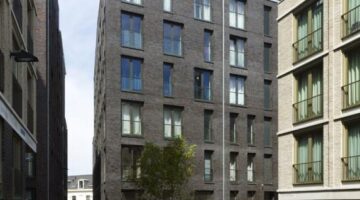
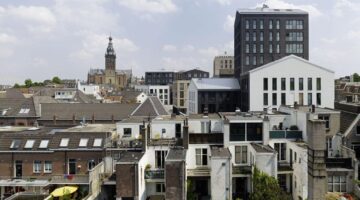
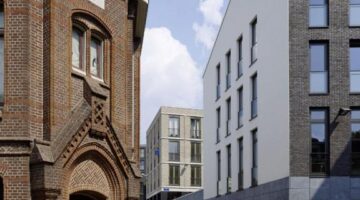

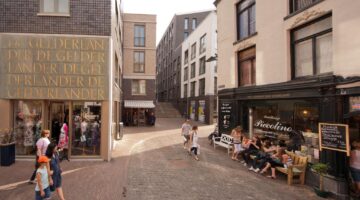

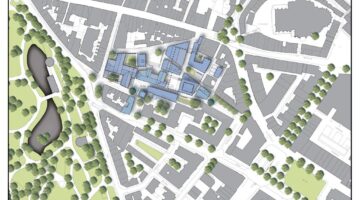
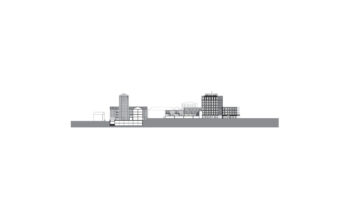
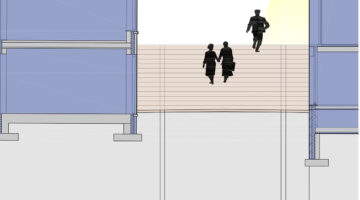

Hessenberg
Main objectives of the project
The preparation of an urban plan and design for the public space of an unique new housing area in the historic inner city of Nijmegen, by which about 190 new residences have been realised.
Date
- 2011: Construction
Stakeholders
- Architect: Esther van der Heijden
- Architect: Nike van Keulen
- Architect: Frank Meijer
- Architect: Theo van de Beek
- Architect: Rick Wessels
- Architect: Hans van der Heijden
- Architect: Filip Delanghe
- Architect: Jan Verrelst
Location
Country/Region: Netherlands, Nijmegen
Description
A unique new housing area has been realised in the historic inner city of Nijmegen, by which about 190 new residences and 2 parking garages have been realised.
MTD landscape and urban planners was commissioned by the Municipality of Nijmegen to draw up an urban design plan and development plan for the public space.
The urban design plan can be described as a finely-grained pattern of compact residential blocks, streets, and squares, directly related to the former identity of the area as an immunity. The public space has a plain design, in which the different squares are considered as focal point for activities in the area.
compact housing area between Hezelstraat and Kronenburgpark
A unique new housing area has been realised on the former grounds of the Gelderlander site in the inner city of Nijmegen; the inner urban fabric has been repaired and about 190 new residences have been realised.
In 2004 the Municipality of Nijmegen made a fresh start with the project, in which the ambition was specifically expressed to preserve and enhance the culture-historical patterns and elements. MTD landscape and urban planners was firstly commissioned to develop an urban development outline using an interdisciplinary team. Subsequent to this preliminary phase, AWG architecten and MTD landscape and urban planners were commissioned by Heijmans Project Development to draw up an urban design plan and development plan for the public space.
The urban design plan for the Hessenberg can be described as a finely-grained pattern of compact residential blocks, streets, alleyways, inner courtyards and squares; this pattern is directly related to the historical pattern of streets which is present here and refers to the former identity of the area as an immunity.
The height difference in the planning area of approximately 4 metres is accentuated and has been designed in 3 individual surface levels; the lowest level along the Hessenberg, an intermediate level and lastly the level of the historical built-up area of the Orphanage. There s a playful mix between the building mass and these surface levels, in which two parking garages have been fitted. Along the Hessenberg this creates a plinth for public functions. The monumental Orphanage is perceived in the urban design plan as a crystallization point of the new buildings; the building will be extended with new wings and a higher residential tower.
The public space has a plain design, in which the current difference in height from east to west is bridged by way of ramps, and for the north to south direction by way of stairs. The public area surrounding the Orphanage has a convent-like atmosphere paved in a natural stone and enclosed by walled, semi-public gardens. The entrance square and the heart of the housing area with its broad natural stone stairs to the monumental building are in front of the Orphanage along the Hessenberg. The square is considered a focal point for activities in the area and a natural theatre and meeting place.
At the uppermost surface level there s a second square with a quietened character. This is where a work of art by Marinus Boezem will be placed; this shadow of light will also act as a seating object.
In the project the stormwater is infiltrated in the soil and by peak drains the stairs are introduced as a place where you can experience this. In the stairs little gutters and water wells are introduced to create experiental of the water transport.
